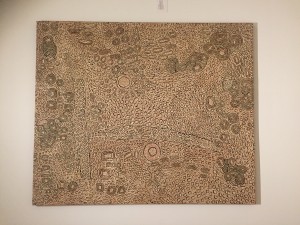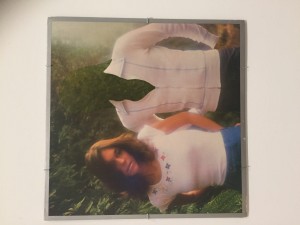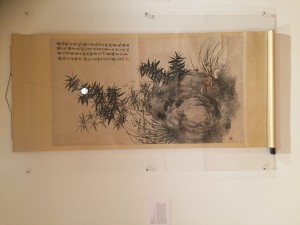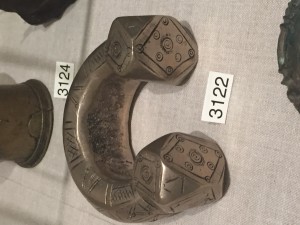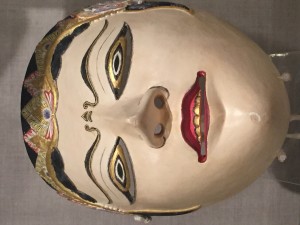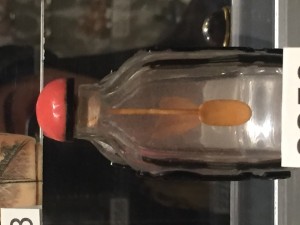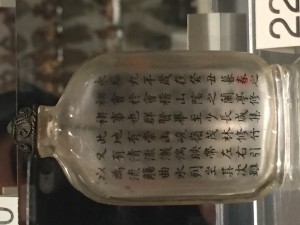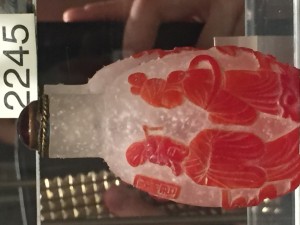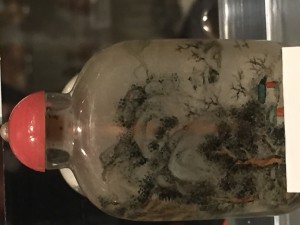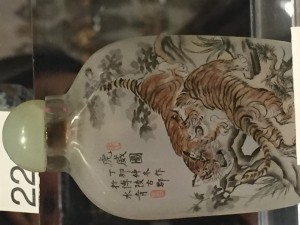The first popular/mainstream song I ever heard was the White Stripes’ “Seven Nation Army,” played on a purple cassette tape in 2003 in the back of a minivan on a roadtrip to Atlanta. I then ventured into jazz and classical with Fats Domino and Beethoven on the radio. But I always was on the hunt for new genres, and upon my entry to middle school, I discovered hip hop. First it was 808s and Heartbreak, then I jumped back to The College Dropout, then the Chronic, and the rest is history. Hip hop has been a central part of my life for over a decade–though I couldn’t relate (and sometimes, didn’t understand) to some of the lyrics–the production of hip hop cemented its position as one of my favorite genres from the first beat.
I wasn’t sure what to expect when I sat down to watch Straight Outta Compton. I had listened to a significant amount of Dre and Ice Cube’s music before, but admittedly I wasn’t as familiar with the rest of the members of NWA, and I was completely ignorant of the background of West Coast hip hop besides knowing there was a rivalry with the East Coast.
The men who later become legendary godfathers of hip hop had humble beginnings–in the opening minutes, Eazy flees a raid on a crack house, Dre’s still living at home, and Cube’s riding around on a school bus. But even starting from the bottom, one thing is starkly clear: they all have extraordinary raw talent for music. Their meteoric rise to fame and notoriety shows a young, talented group which loses its way amid the chaos of partying, drugs, and violence. Even at the peak of their success–their 1989 tour–it was painfully clear that the system was not in their favor.
Straight Outta Compton is more than just a biopic on the supergroup N.W.A. It also examines a battle for equality that has been ongoing since the inception of this country. The film used real footage of the LAPD’s beating of Rodney King and several scenes show LAPD’s clear racism and violence towards N.W.A. And although this movie is set in the late 80s/early 90s, any of the scenes involving the police could have taken place today–and are taking place, all over the country. The genius of Straight Outta Compton is that it superbly depicts the importance of hip hop within American society; not only do hip hop lyrics explore political themes and societal critiques, but the very fabric of the production itself demonstrates how the genre grew from culture. Delivery, breaks in speech–all parts of hip hop, especially gangster hip hop, contribute to its influence as a social indicator. Hip hop exposed main stream audiences to a wider range of issues which, until the rise of N.W.A., were largely relegated as problems that happened in the “hood”.
When hip hop is no longer dismissed as noise “…blasting from car speakers…[that] wakes up [someone’s] wife and kids” (Dr. Trisha Rose, Black Noise), that’s when Straight Outta Compton will have done its job in cultivating an understanding no longer steeped in the internalized racism of our society. Until then, we’ll have to continue pretending we’re surprised it didn’t garner more than a nomination for Best Original Screenplay when it easily should have claimed several others.

